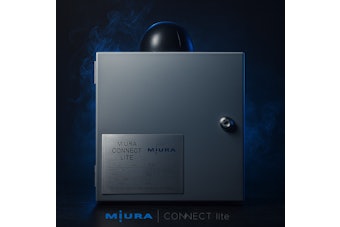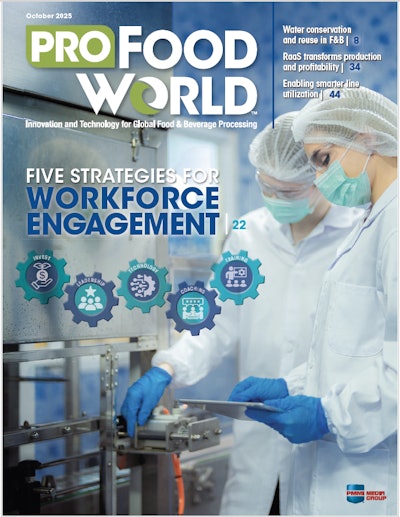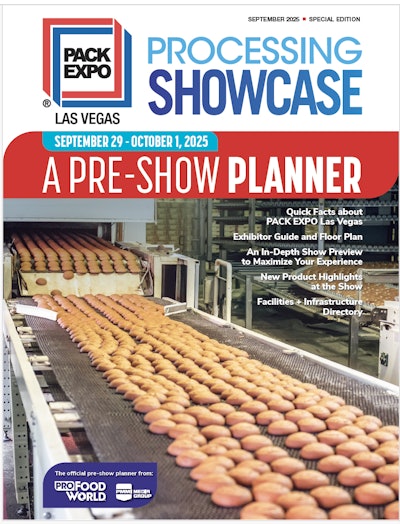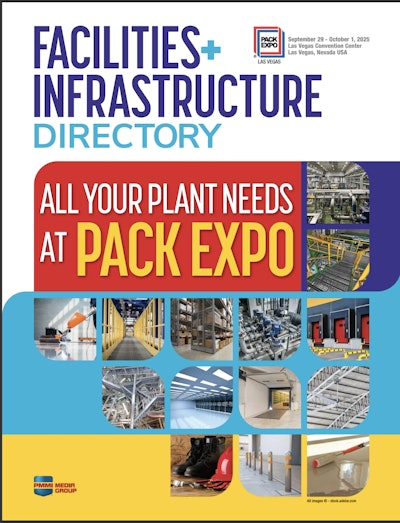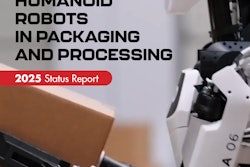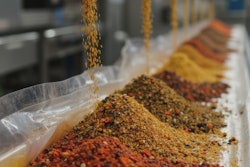
Summer is in full swing. With the hazy, hot, humid weather blanketing most of the country, food manufacturers have to be extra vigilant about pest infestation when transporting processed foods and raw commodities. Pest infestation during transport can corrupt food quality, infest the food facilities that are receiving the deliveries and can create significant waste. We caught up with Jeff Jones, fumigation manager at McCloud Services, which specializes in food safety and protection, for his tips on how to prevent pest infestation in trailers and containers.
- Verify the trailer has been secured with the use of wheel chocks or other approved mechanical means, which will secure the trailer to the loading dock.
- Inspect the interior and exterior of the trailer, evaluating general cleanliness and areas of structural concern. The inspection should look at areas where pests could enter or create harborage and other conditions which could lead to product contamination.
- Check the contents of the load for damage to any containers and contaminants.
- Inspect for pests and pest evidence. Pay special attention to products or commodities that are more susceptible to infestation, with emphasis on shipments from suppliers who have shipped problem loads historically. Collect samples if found.
- If pests or pest evidence are present, determine next steps. That may include rejection of product, destructive sampling, broad-based case/pallet inspections or the use of fumigants by your pest management professional labeled for food and commodities present.
- If rodent presence is suspected, continue inspecting the trailer and contents and consider using a black light to detect rodent evidence. The proper use of black lighting requires experience to distinguish rodent evidence from detergents, glues, lubrication oils, etc.
- Be aware of any odors that might indicate contamination of products.
- Inspect the condition of pallets for pest evidence. Collect samples if found.
- Look for condensation or moisture inside the trailer.
- Report any harmful nonfood products in shipment, such as solvents, cleaning compounds, chemicals or petroleum-based materials. Co-mingling of goods creates additional risk.
- Notify the warehouse or receiving manager and quality management team if the products or trailer show any evidence of tampering, pest activity or harmful nonfoods or if the products are improperly stacked, crushed or broken.
- Use a moisture meter to measure the moisture content of pallets.
- Comprehensively document and archive all findings related to the trailer inspection.
Evaluating all the areas where breaches or critical events can occur should be part of your food safety and pest management plan.













